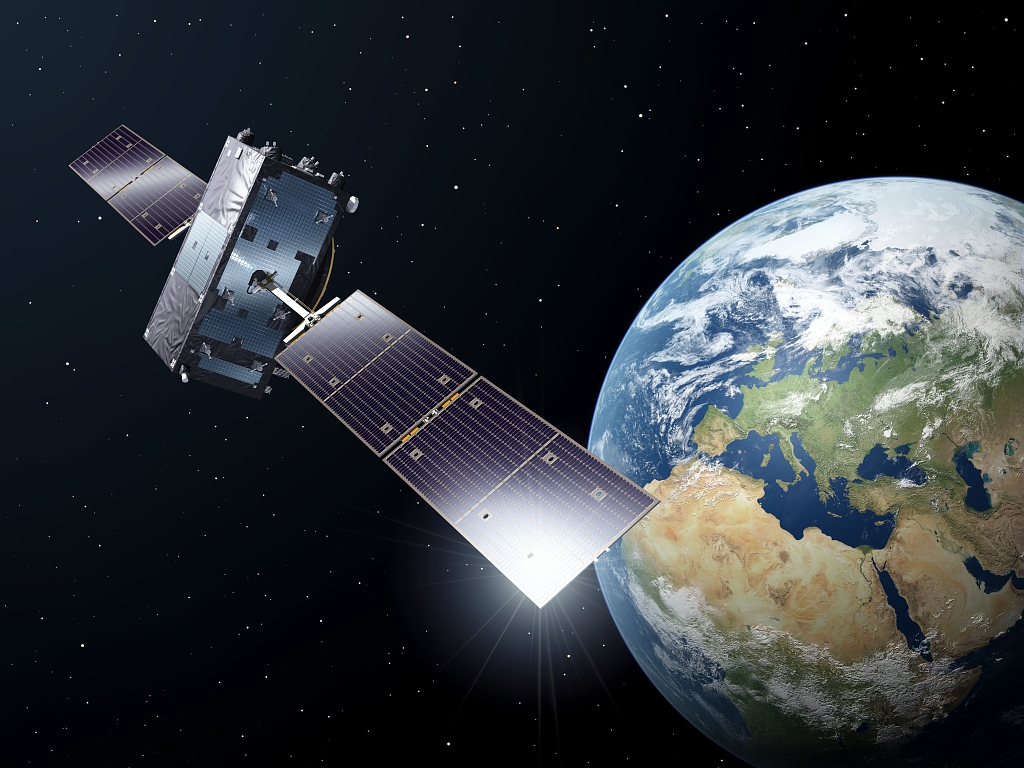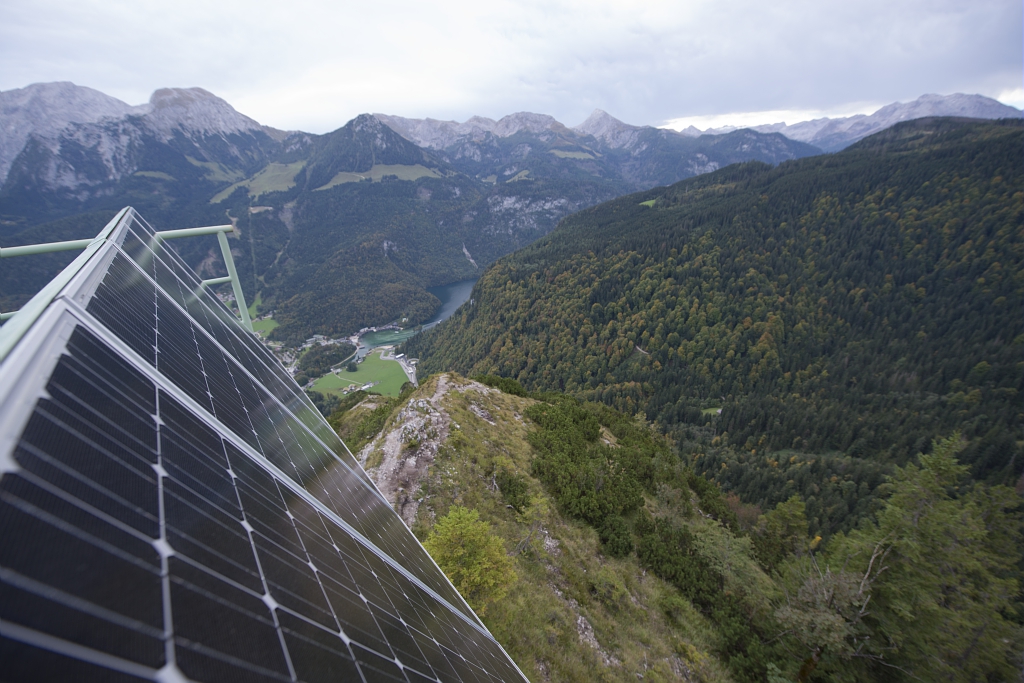Energy for space exploration

The University of Leicester has built an international reputation for its space research work.

It is estimated that the UK's space sector underpins approximately 15% of the country's economic activity, around £15 billion per annum, and this is forecast to grow significantly. The UK government is aiming to create a £40 billion Space Sector, creating 100,000 new jobs by 2030.
The University of Leicester, together with Space Park Leicester is supporting this growth, boosting the regional economy, and contributing to the UK's competitiveness in Space.
Their experience includes mission design, construction, test, operation, exploitation and data archives. All these are supported by a strong programme in instrumentation and space engineering and training.
In energy, the University of Leicester, is leading the development of radioisotope thermoelectric generators and heater units as part of a European Space Agency (ESA) programme. This work is being carried out in collaboration with the National Nuclear Laboratory with a host of industry and academic partners in the UK, France and Germany.
SPACE FACT 1
The solar energy available in space is literally billions of times greater than we use today
Source: National Space Society online
SPACE FACT 2
Radioisotope systems produce power for a very long time, even in harsh environments. In fact, NASA’s two Voyager spacecraft use this type of power.
Source: NASA spaceplace online
Missions using nuclear power offer greater versatility in challenging environments. In many cases nuclear systems can enable missions that would otherwise be impossible.
Radioisotope power systems - sometimes referred to as nuclear batteries - fuelled with plutonium-238 have generally been used in space missions since the early 1960s. Radioisotope thermoelectric generators and radioisotope heater units can provide power and heat continuously over long, deep space missions. However, Pu-238 is produced only in the USA and Russia, where supplies are limited, so an alternative is urgently needed.


In 2019, the University of Leicester announced that they had generated usable electricity from americium, an alternative to Pu-238, which is produced during the radioactive decay of used fuel from nuclear reactors which emits power for more than 400 years. The use of americium in space exploration also provides a positive environmental result on Earth.
A team at the University of Leicester, together with industry partners, have developed the first ever working prototype radioisotope thermoelectric generator (RTG) system, capable of providing 200W of heat and 50W of electrical power in space.
SPACE FACT 3
In 1960, Professor Ken Pounds founded the Space Research Group at the University of Leicester. Today, we have a world-leading space and Earth observation cluster in Leicester.
Source: University of Leicester